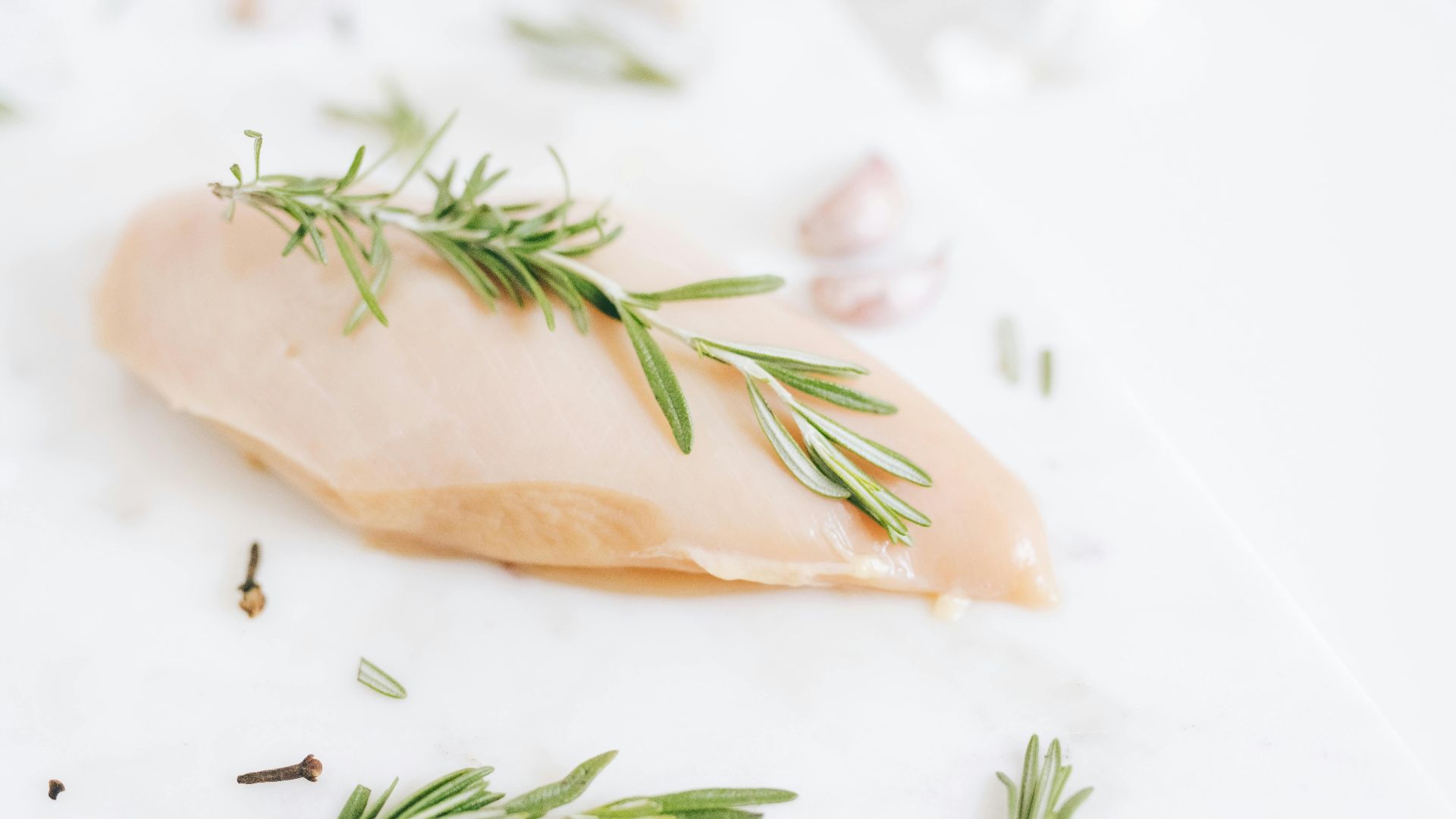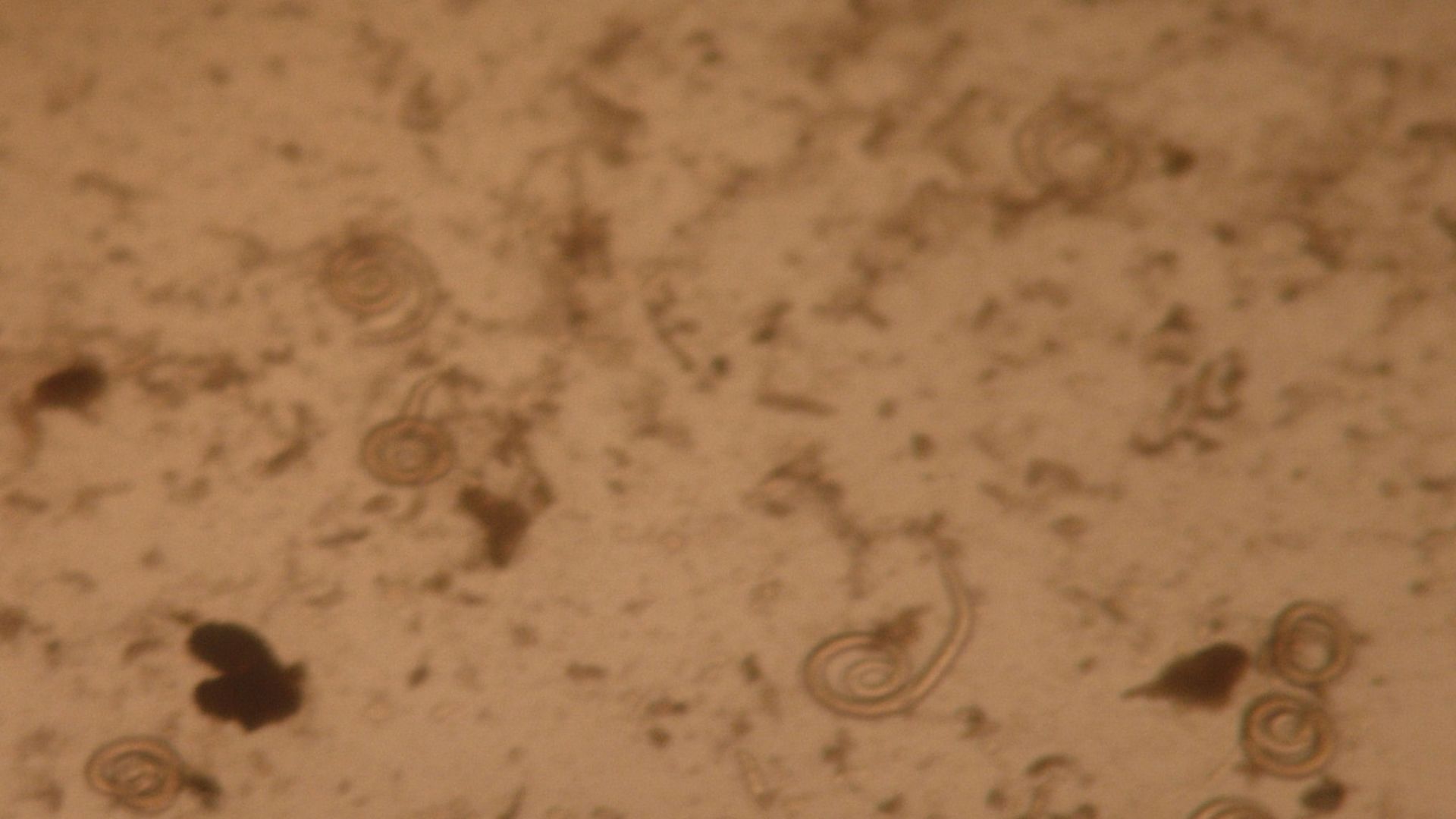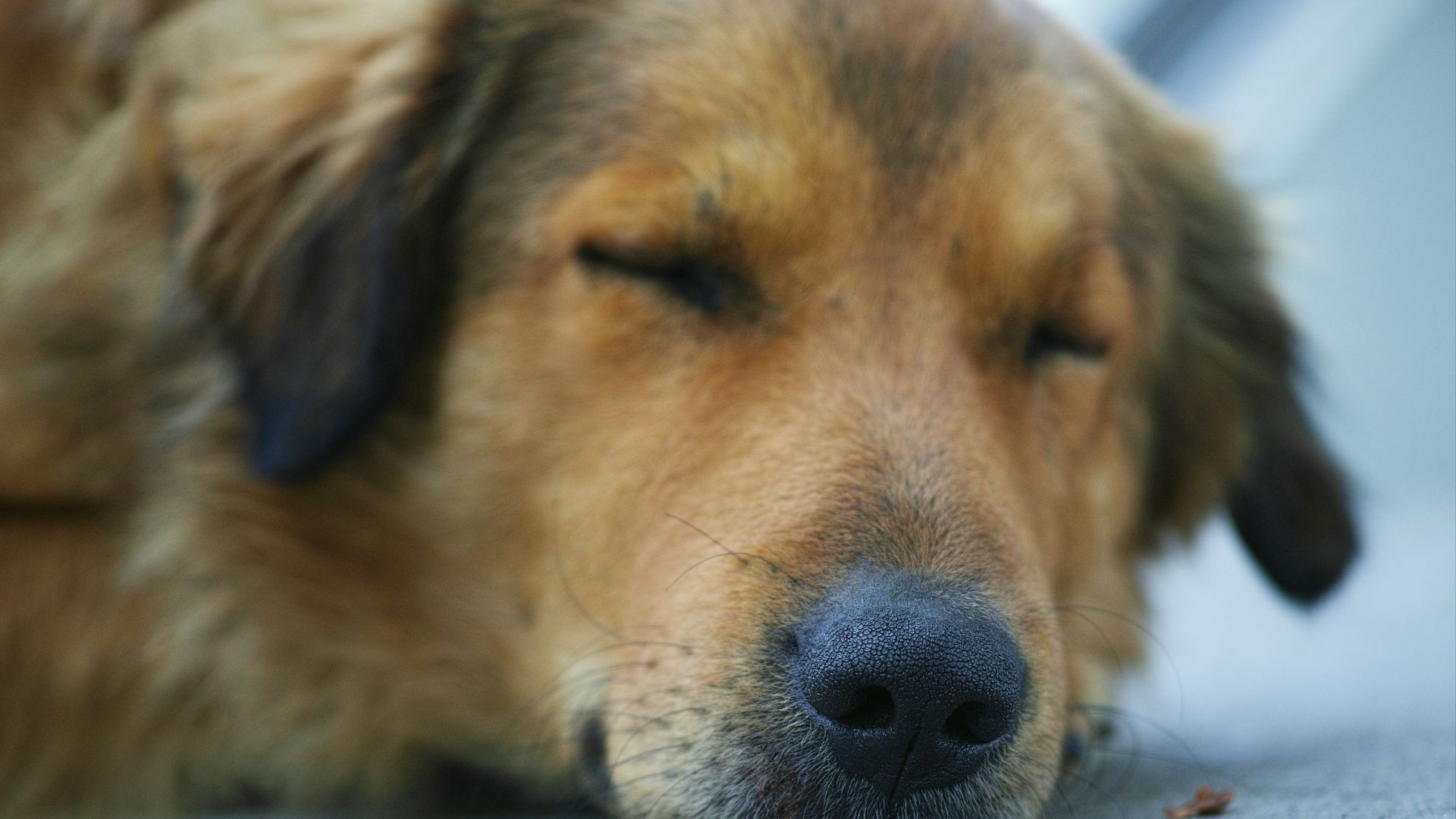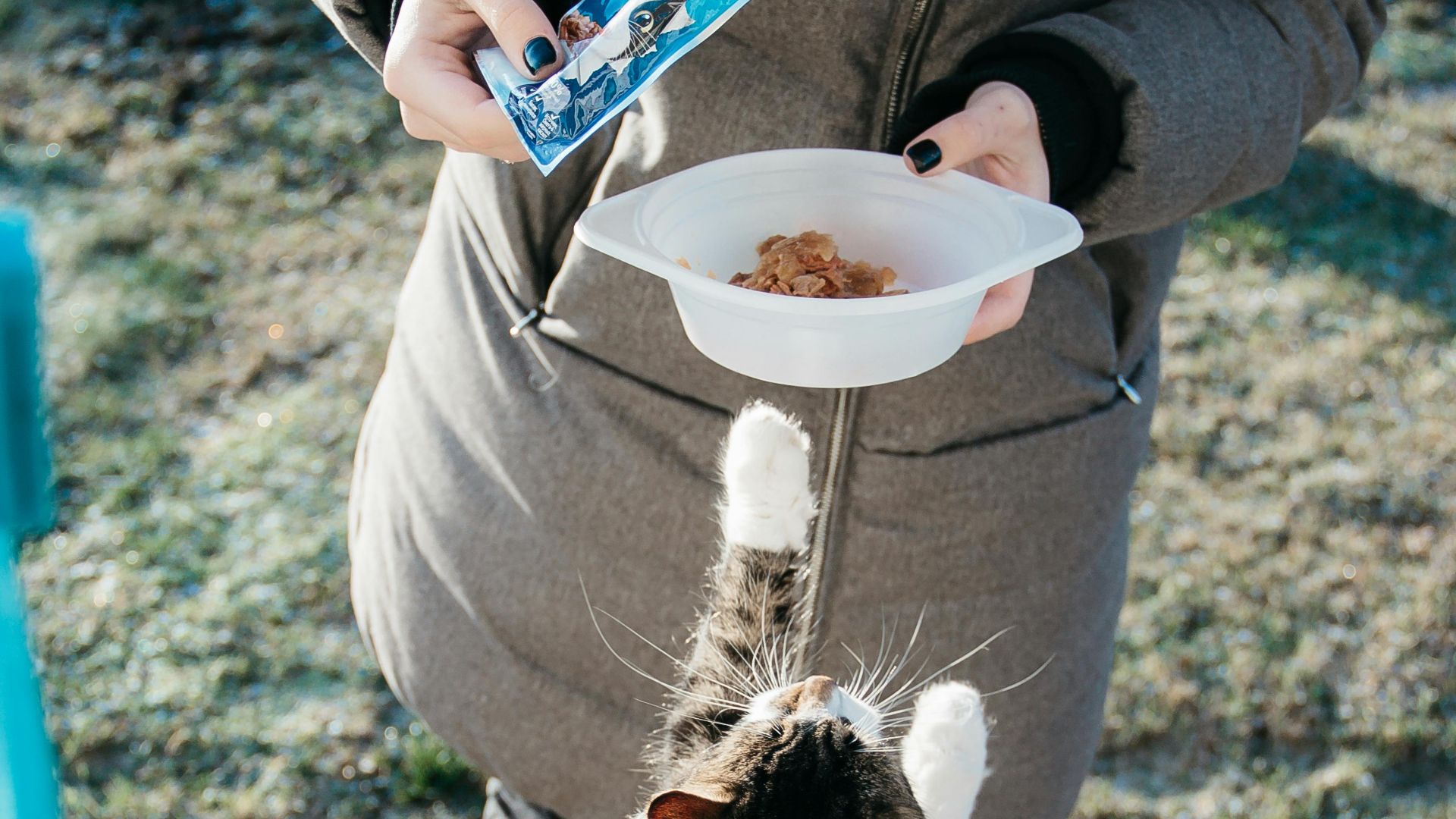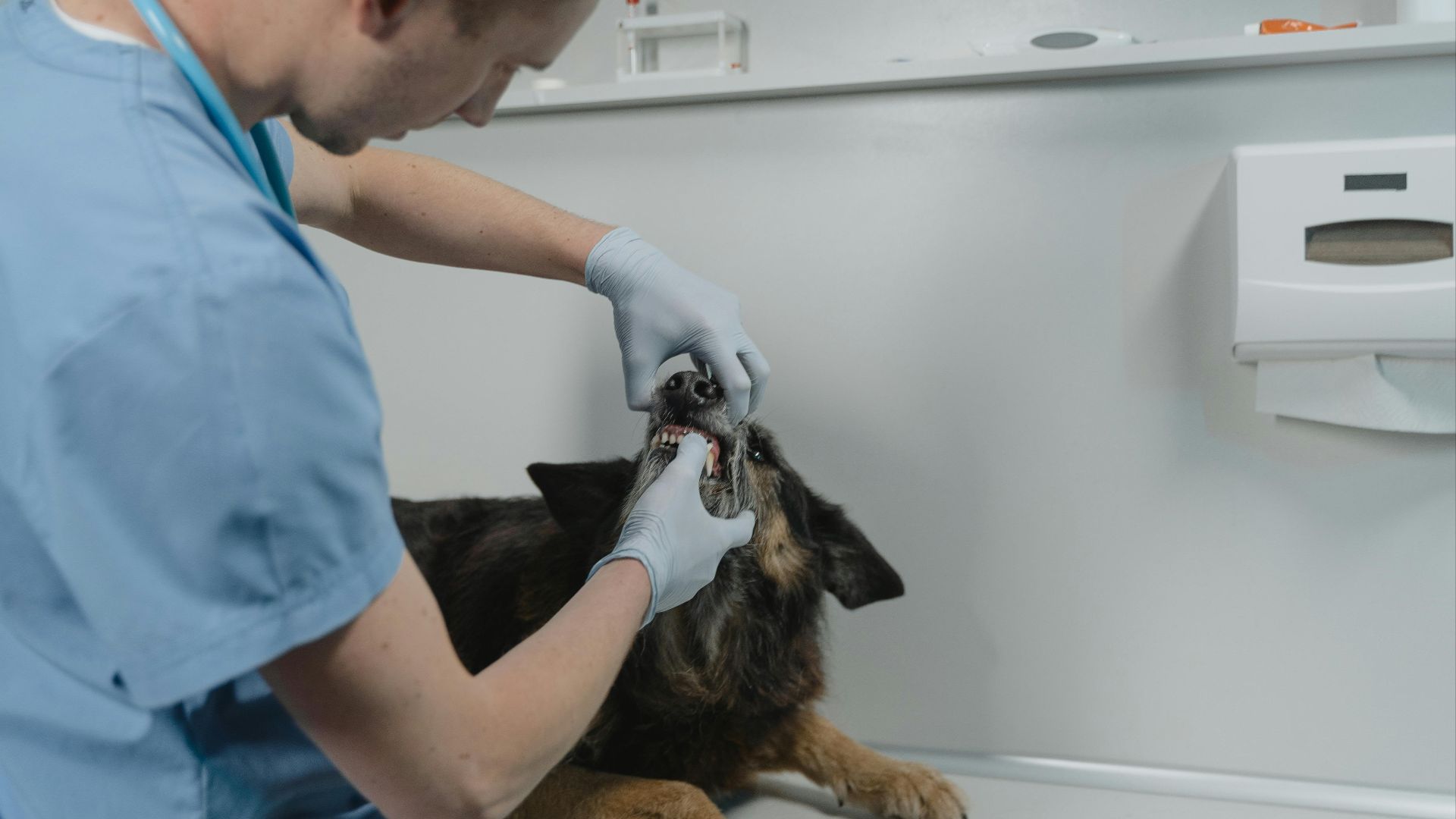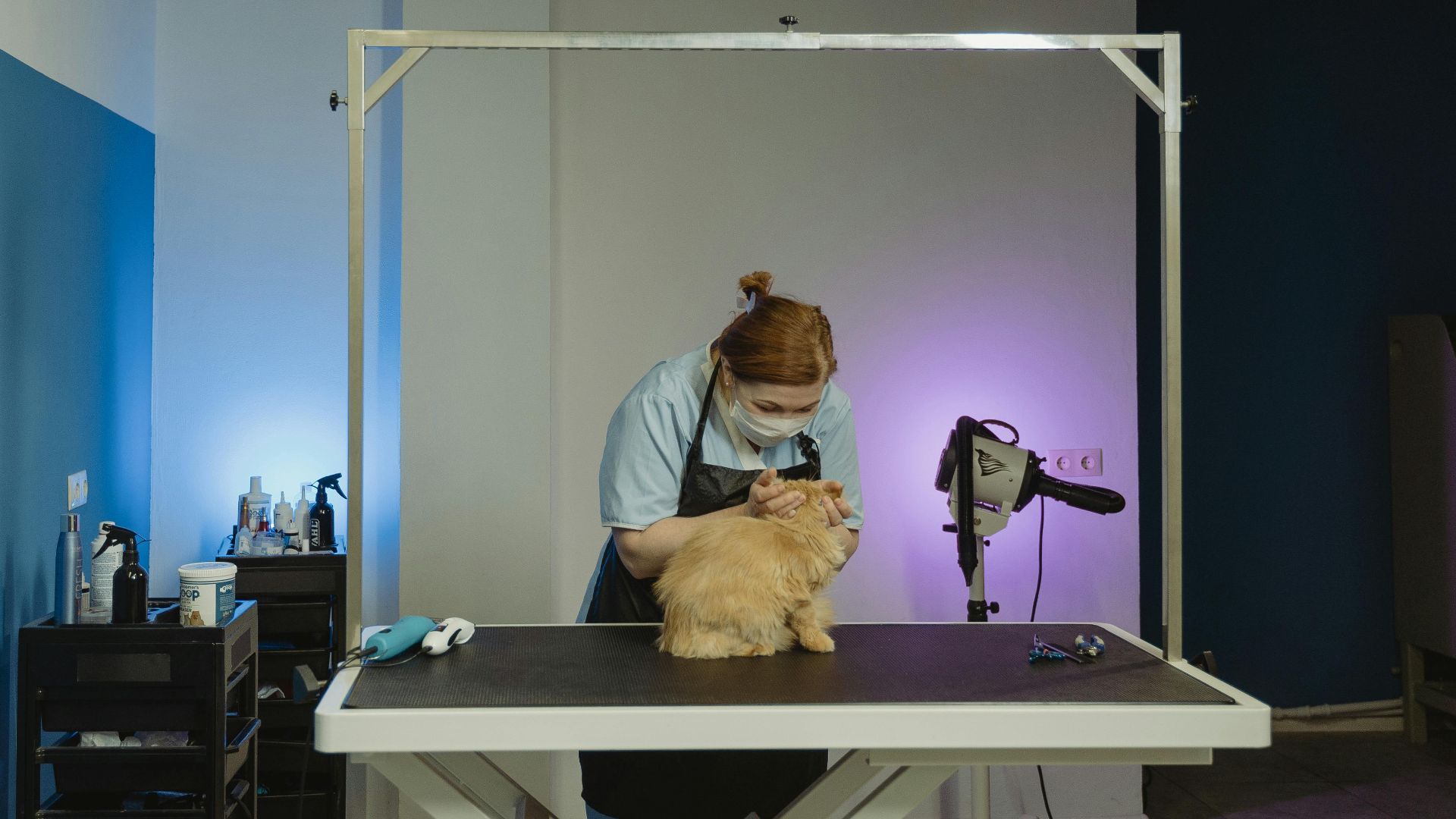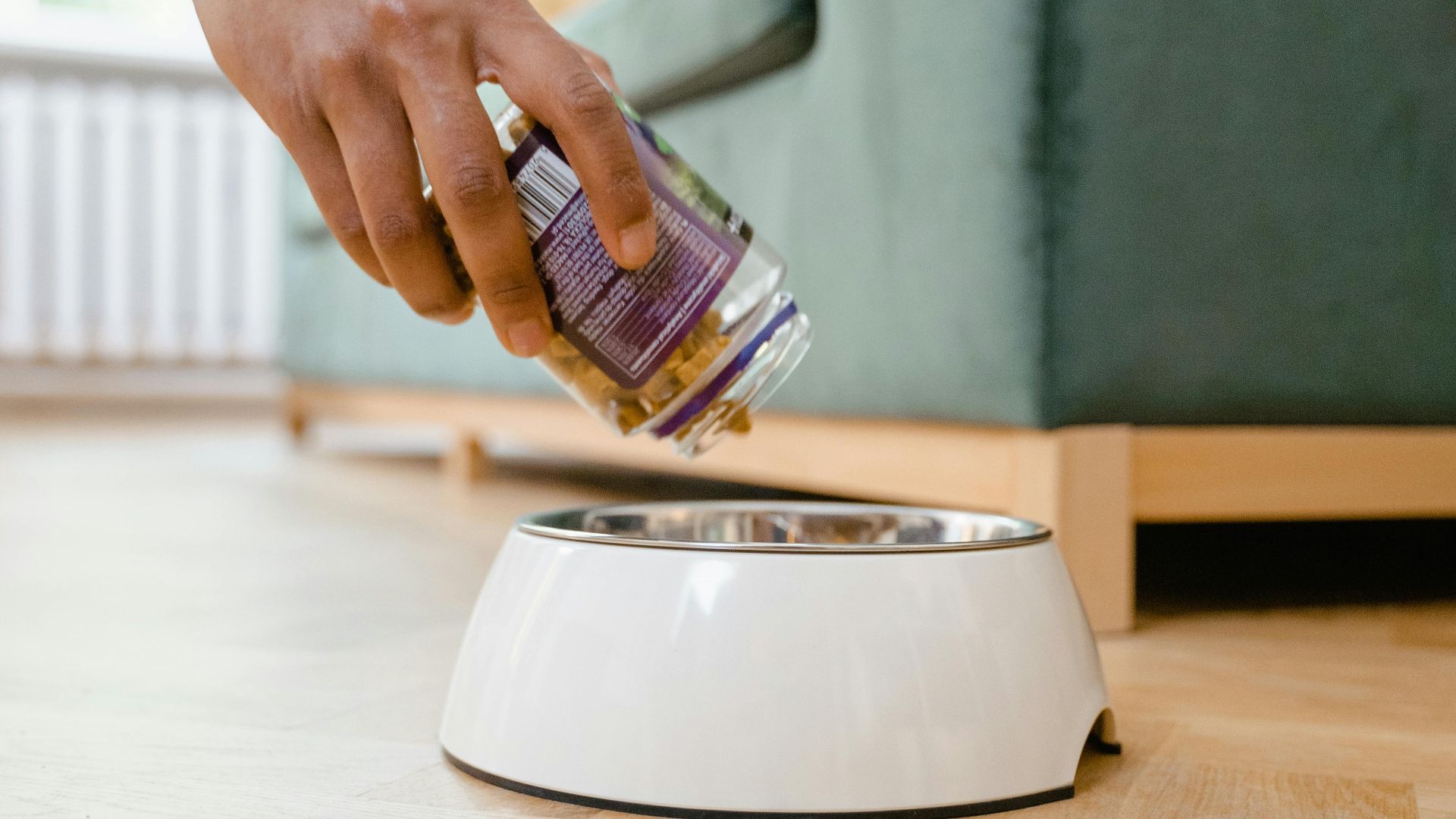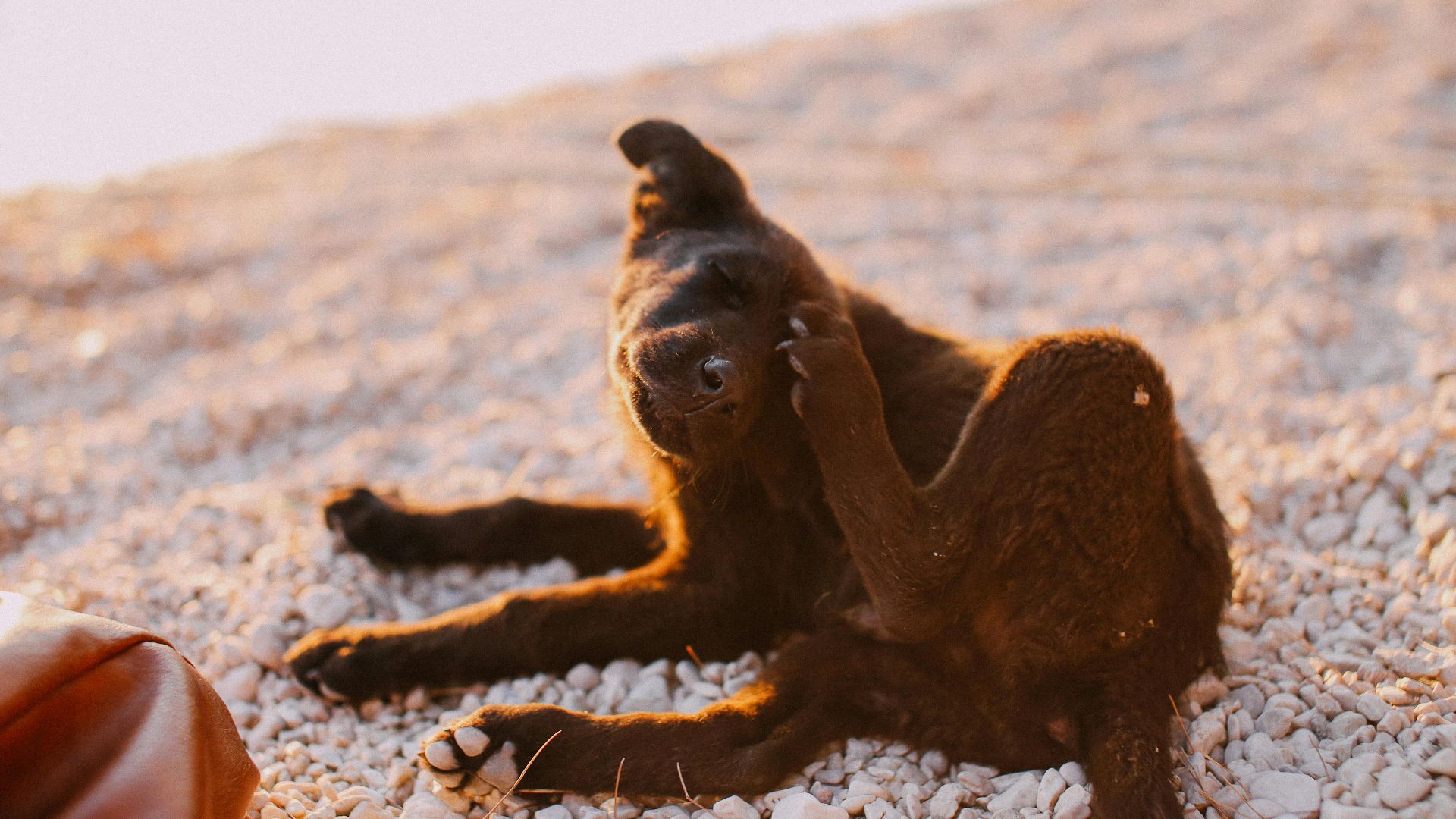Your Pet Deserves The Best
Choosing the right diet for your pet can be challenging, especially with all the useless trends and conflicting advice thrown at you online! While raw feeding has gained popularity in recent years, it also comes with risks that many pet owners overlook or aren't even aware of. Understanding these potential dangers is essential for making informed decisions about your pet’s health and well-being. So let's dive right into it.
1. Bacterial Contamination
Raw food can carry harmful bacteria like Salmonella and E. coli, which aren't dangerous for pets alone—they can spread to you, too. It's a real risk that could cause serious illness. Cooking your pet’s food will make it safer for everyone in your household.
2. Nutrient Imbalance
Feeding your pet raw, unbalanced meals may lead to nutrient deficiencies, especially if you’re not adding the right vitamins and minerals. Without proper nutrition, pets may suffer from overall poor health. A balanced diet simply takes the guesswork out of feeding them.
3. Choking Hazard
Some raw food often includes bones, which pose a serious choking risk. If your dog or cat swallows a piece that’s too large or sharp, it could lead to painful and dangerous injuries. Why take the risk when safer, easier-to-digest food is available?
4. Risk of Parasites
Parasites, such as worms or toxoplasmosis, are a common concern in raw food. For example, raw meat can carry these hidden dangers, even when sourced carefully. Unlike cooked food, raw meals have no way of killing off these microscopic pests.
5. Digestive Distress
Some pets find raw food hard to digest, which may lead to upset stomachs or diarrhea. If your pet is experiencing digestive problems, switching to cooked meals might ease their discomfort and keep things running smoothly in their digestive system.
6. Cost and Convenience
Commercial pet food provides an easy and economical option that does not compromise nutrition. Raw feeding, on the other hand, can be expensive and a hassle. You have to spend extra time sourcing high-quality ingredients and preparing meals that are both safe and balanced.
7. Impact on Pet's Dental Health
Advocates of raw diets often suggest that chewing raw bones promotes dental health, but in reality, it can cause fractured teeth and mouth injuries. Additionally, raw food can leave residue on teeth, promoting plaque and tartar buildup.
8. Increased Vet Visits
Pets on raw diets often end up at the vet more frequently due to health issues like infections or nutritional deficiencies. If you want to avoid constant trips to the doctor, feeding your pet a well-balanced, cooked meal might be the better choice for them.
9. Inconsistent Quality Control
Commercial raw pet food may not undergo the same stringent quality checks that processed pet foods typically receive. This inconsistency can result in variable nutrient content and the presence of contaminants, putting your pet's health at risk.
10. Potential Allergen Exposure
Raw diets often include novel proteins or untested ingredients that could trigger allergic reactions in pets. Symptoms like itching, skin irritation, or gastrointestinal issues may arise, especially if your pet has an unknown sensitivity. Opting for a vet-recommended diet ensures allergens are identified and avoided.



